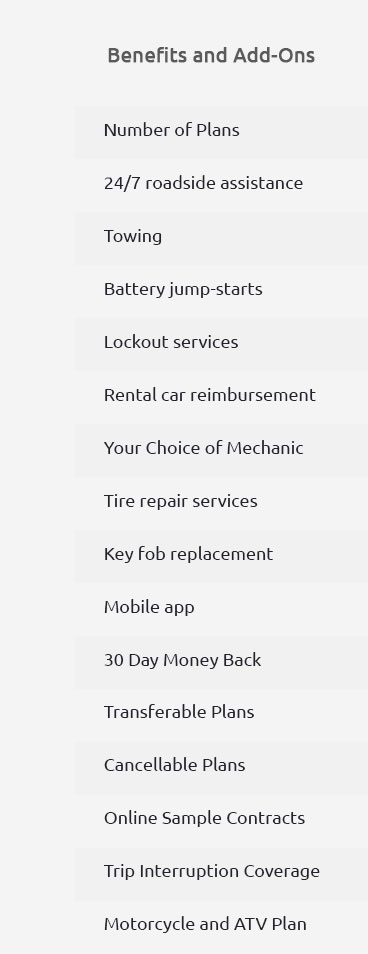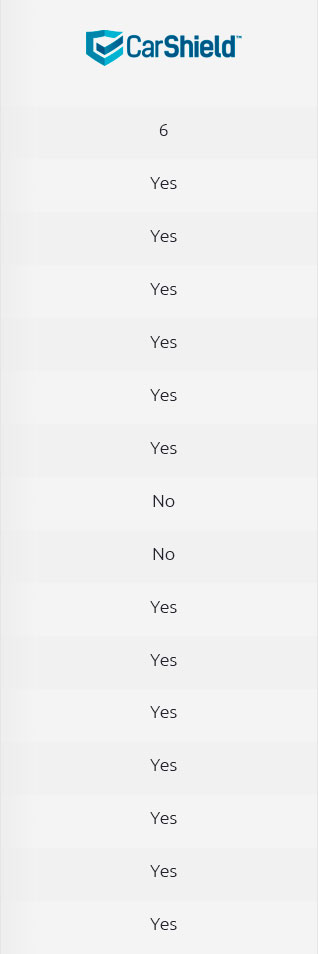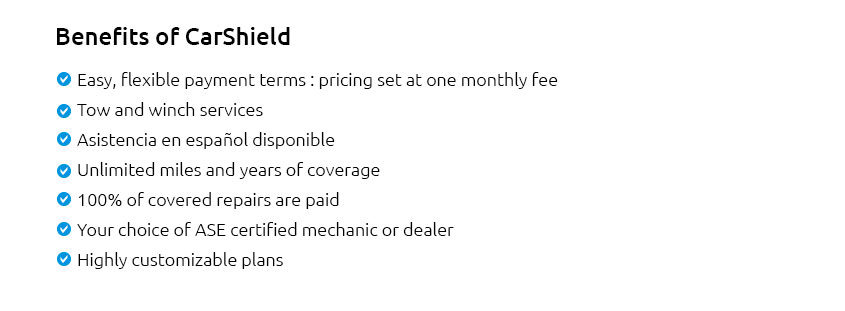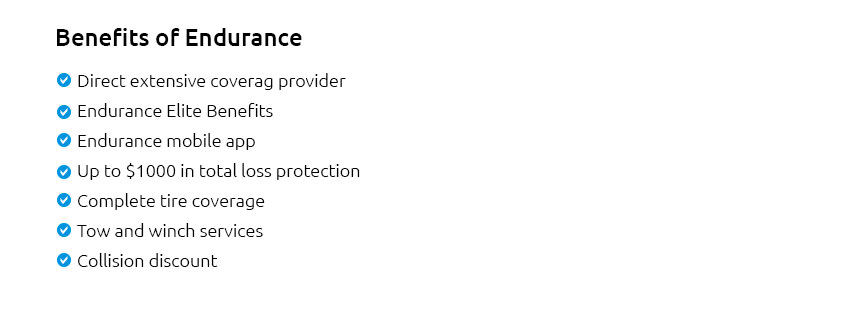Understanding Gap Coverage: What You Need to Know
Gap coverage, often known as Guaranteed Asset Protection coverage, is a type of insurance that provides an essential safety net for vehicle owners. In this comprehensive guide, we will delve into the intricacies of gap coverage, why it's crucial, and how it can protect you financially in various scenarios.
What Is Gap Coverage?
Gap coverage is a specialized insurance policy designed to cover the "gap" between the actual cash value of your vehicle and the amount you owe on an auto loan or lease if your vehicle is declared a total loss. In case of an accident, theft, or another qualifying event, your standard auto insurance typically pays the current market value of your car. However, this amount may be significantly lower than your outstanding loan or lease balance, leaving you responsible for the difference.
Why Do You Need Gap Coverage?
Gap coverage is essential for several reasons:
- If you have an auto loan or lease: Gap coverage is crucial if you are financing your vehicle. It protects you from financial liability in case your car is totaled, and you owe more than its current value.
- High Depreciation Rates: New cars often depreciate rapidly in the first few years. Without gap coverage, you risk having to pay off a significant portion of your loan even if your vehicle is no longer drivable.
- Low Down Payment: If you made a minimal down payment or no down payment at all, the risk of owing more than your car's value is higher.
- Long Loan Terms: Longer loan terms, such as 60 months or more, increase the likelihood of a gap between the car's value and your loan balance.
How Gap Coverage Works:
Gap coverage typically works in the following way:
- Loss Occurs: An event like an accident or theft results in a total loss of your vehicle.
- Standard Insurance Pays: Your primary auto insurance policy pays you the actual cash value of your car at the time of the incident.
- Gap Insurance Steps In: Gap coverage kicks in after your standard insurance payout. It covers the remaining balance on your auto loan or lease, ensuring you don't have to pay out of pocket for the difference.
When Should You Get Gap Coverage?
Gap coverage is recommended in the following situations:
- If you have a new car: New vehicles often experience significant depreciation, making gap coverage crucial.
- Leasing a vehicle: Gap coverage is typically required when leasing a car, so it's essential to include it in your lease agreement.
- Low down payment: If your down payment is less than 20% of the car's purchase price, consider gap coverage.
- Long loan terms: If you have a loan term of 60 months or more, gap coverage can provide peace of mind.
How to Obtain Gap Coverage:
Here's how you can secure gap coverage:
- Through Your Auto Insurer: Many auto insurance companies offer gap coverage as an optional add-on to your policy. Contact your insurer to inquire about this option.
- From a Specialized Gap Insurance Provider: Some companies specialize in gap coverage. You can purchase a standalone gap policy from one of these providers.
- At the Dealership: If you're leasing a vehicle, the dealership may offer gap insurance as part of your lease package.
- Through Your Lender: If you have an auto loan, your lender may offer gap insurance. However, this option may be more expensive than alternatives.
Is Gap Coverage Worth It?
Gap coverage is undoubtedly worth it in scenarios where the risk of owing more than your car's value is significant. It provides financial protection and ensures you won't be burdened with a substantial loan balance after a total loss incident. The peace of mind it offers can be invaluable.
Conclusion:
Gap coverage is a valuable insurance option for vehicle owners, especially those with auto loans or leases. It shields you from the financial gap that can arise in the event of a total loss. To make an informed decision, evaluate your specific situation and consider whether gap coverage aligns with your needs and budget.
|


















